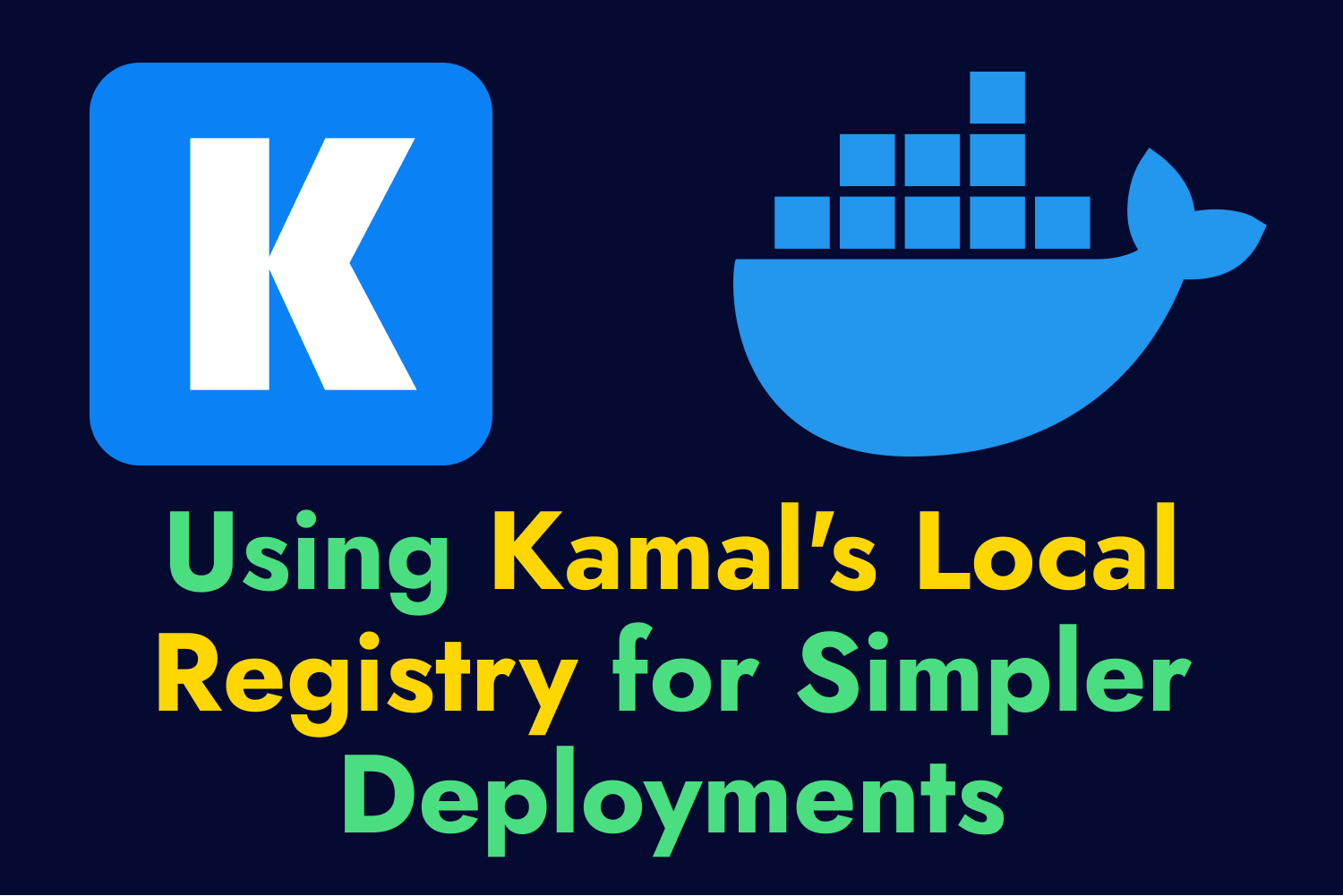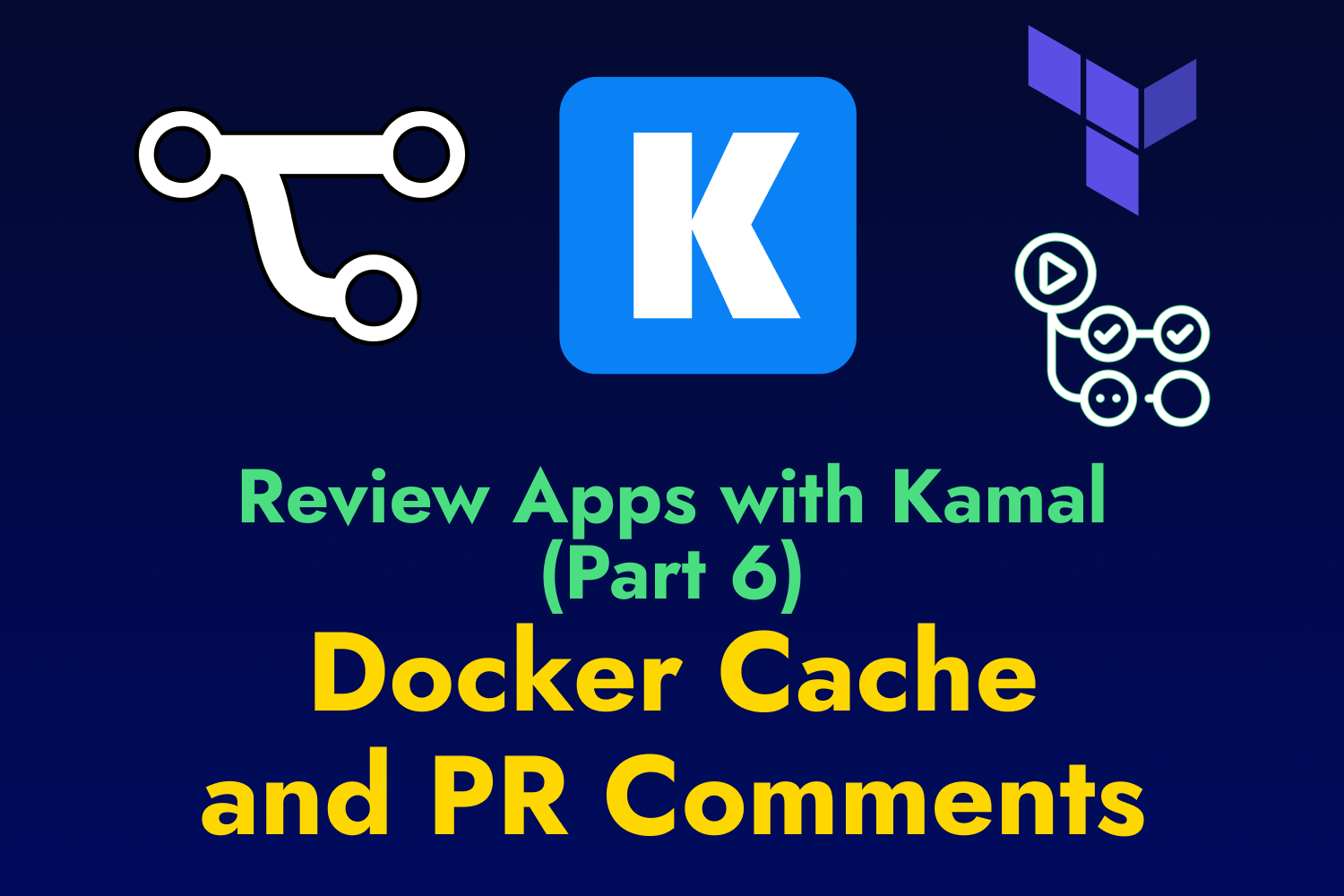Throughout my career, I’ve noticed something among teams that struggle to deliver consistent results: a lack of clear documentation. It’s not the only issue plaguing these teams, but it definitely contributes to their woes. Often, these teams don’t spend much time on internal documentation, like how to quickly onboard new team members or the ins and outs of their application infrastructure. Sometimes, they lack publicly available documentation like help articles and answers to frequently asked customer questions. Whatever the reason, the absence of this information leads to disorganization and confusion across the organization.
The problem with inadequate documentation becomes more significant when adopting DevOps processes. Since DevOps encompasses the complete development lifecycle, not having enough details on the processes and components that make these organization’s systems run can lead to inefficient teams running around in circles. We can’t overstate the significance of clear and accessible documentation in the realm of DevOps for managing effective teams.
The Importance of Documentation in DevOps
In DevOps, documentation can take the shape of different kinds of organized information. Developers need technical documentation to quickly understand how the insides of the company’s codebase work. Systems administrators should write down how to provision and manage their infrastructure. Post-mortem analysis can help teams improve their work moving forward. These are just a few examples of what organizations should keep track of for maintaining a high level of efficiency.
While documentation serves to gather in-house knowledge and have a record of how things should work, it’s more than just a collection of words. DevOps is about improving collaboration and communication between teams and systems, and documentation can make that gap even smaller. Without clear information on how our systems should work, teams will eventually have misaligned goals and fragmented efforts. Sometimes, we forget that our work is just one piece of the puzzle, and what we do can have surprising effects elsewhere in a project’s lifespan. Documentation can help prevent this miscommunication by showing how everything works together.
Documentation also has additional positive side effects that aren’t directly related to their contents. It’s essential for communication and education and significantly affects organizational productivity. According to the 2023 State of DevOps report, having sufficient and well-made documentation magnifies technical proficiency, prevents teams from burning out, and increases job satisfaction. If you’ve worked someplace that doesn’t have clear information for you to do your job effectively, you know how discouraging it can feel to struggle through it.
What Should You Write Down and Document?
For anyone in DevOps, there are a ton of different areas that benefit from thorough documentation. Keeping track of performance metrics, change management, and other processes will yield significant advantages to any organization. The following are what I consider the essential places to start with writing since it will give you the most out of your efforts.
Infrastructure and configuration
Since a large chunk of DevOps work involves handling infrastructure and their operation, documenting these is essential to maintain high effectiveness across teams. These days, even small startups and teams must juggle an ever-increasing number of systems to keep their applications running smoothly. It’s crucial to keep track of these environments as your organization scales to keep all moving parts in order. Otherwise, you’ll waste tons of time dealing with problems that someone could have fixed quickly with clear documentation.
Each team will have a set of areas that will benefit the most from having things written down and easily accessible. Most teams typically begin with keeping track of their servers and the services running in them, whether on the cloud or on-premise. However, many don’t go beyond merely maintaining a list of servers. It’s essential also to document how systems work with each other. Writing down your different environments, their dependencies, recurring tasks like cron jobs, and configuration adds the details that will make everyone’s job easier down the road.
Processes and collaboration
It’s not uncommon for me to work with teams with no organized notes about managing their systems and applications. If lucky, they’ll have scraps of information scattered in various places describing how they deploy their applications, provision servers, or recover from disaster scenarios. Sometimes, they’ll have nothing written down, and a single person is the only one with this knowledge in their head. Having a bus factor of 1 is a surefire way to run into delays and other issues eventually. If your organization has this problem, it’s highly recommended to spend some time ensuring that this information is widely accessible to the rest of your team.
The technical side of DevOps is just a fraction of the work these teams do. High-functioning DevOps teams spend just as much time collaborating with other departments of their organization than on the tech—sometimes the majority of their time. Often, the way DevOps teams work with others consists of undocumented and unwritten rules that have taken shape within the team and organization’s culture. Not having a clear set of guidelines here makes it difficult for new team members to become productive quickly. Assembling notes about collaborative processes can go a long way in maintaining a high level of communication and making DevOps as effective as possible.
Incident reports and post-mortems
No matter how well a DevOps team works and how much quality documentation we have available, it’s inevitable that something is going to break down sooner or later. It could be a technical issue accidentally caused by the team or a third party. It could be miscommunication between you and other team leads. No matter the responsible party, the best thing we can do is to gather details on what went wrong, figure out how to improve so it doesn’t happen again, and share it with the organization.
The most efficient development teams I’ve worked with have consistent post-mortems or retrospectives after delivering a project to document how things went and how they can improve the next one. There are always opportunities to discover minor tweaks that will make future sprints and deployments smoother. Even if you don’t have or want a recurring session, generating reports after an incident will benefit the entire team as long as there’s a culture of blamelessness. Admittedly, it’s painful sometimes to dig through the wreckage of a disaster—especially if you caused it. Still, it’s the absolute best place for any person or organization to learn and grow.
Best Practices for Documentation in DevOps
Knowing what type of documentation will best serve your team and organization is a good start. After you understand what knowledge to begin collecting and why it’s vital for the team, the next step is to take action. While you can begin writing as soon as possible, a better way to start is to take a step back to plan a practical approach to get you started on the right track and keep you there.
Choose the tools that encourage usage
You can find various tools and systems to help you collect and serve documentation for your organization. For most teams starting their documentation journey, a good starting point is to use what you have available. For example, small technical teams using GitHub can use the integrated wiki in their code repos. Larger teams can use collaborative software across teams, like Notion or Confluence. Tools focused mainly on documentation are also available, like Docasaurus and GitBook.
The key contributor in deciding what to use for your documenting needs is to find something that allows anyone on your team to modify the documentation easily and access the information quickly. For instance, GitHub’s wiki might not be a good choice if not everyone can access your organization’s account. On the other hand, if your team uses Notion, it might be the right place to add accessible information effortlessly. The choice of a specific tool doesn’t matter, as you and your team can quickly add or edit information, and others can find it when needed. Otherwise, you’ll end up with a bunch of words in a file or server somewhere that no one wants to read or contribute to.
Instill the importance of maintaining documentation
Once you have the tools and systems you want to use, long-term maintenance is the most critical aspect of effective documentation. Besides teams not having any documentation, the most common problem in organizations is having outdated information that no one has touched in months. I’ve joined teams with so much misleading information in their technical documents that it’s quicker to work without them.
The solution to this issue is to embed a culture where documentation is seen as a critical part of everyone’s work. In one workplace I was a part of, the company encouraged new team members to improve the team’s onboarding documentation by fixing or adding information to help future hires. In another company, the team had someone with the unofficial title of “Documentation Champion” responsible for ensuring the team had the most recent information they needed for their work. Both of these tactics led teams to understand the value of this process and had the most contributors to the documentation I’d ever seen.
Maintain consistency in your documentation
An often overlooked area of clean documentation is the uniformity of how the team collects all the information they need. Without consistency, you’ll never know where to find anything. For example, a team I worked with kept the documentation for their codebase in Markdown files inside a GitHub repository, onboarding information in a shared Word document on Microsoft Teams, and infrastructure info spread in at least three different services. Finding any information meant spending at least 15 minutes searching everywhere before giving up and interrupting someone’s flow, and it seemed that whatever you were looking for was always in a file that you swear you checked already.
Knowing where and how to look for it is easier if you’re consistent with your data. That means consolidating as much as possible in one place and style. Since documentation isn’t a one-size-fits-all solution and can work better in different formats (plain text, presentations, executable code, etc.), using your primary documentation source as a reference guide is ideal. That way, anyone can go to a single place and have links to where they need to go, making seeking information a breeze. The way you format the information matters, too, as it lowers the barrier to contribution by helping others know how to assist with the existing documentation.
Challenges in Maintaining Quality Documentation
As you might expect, maintaining a high level of quality with documentation in DevOps has its fair share of challenges. Overcoming some of the barriers you’ll inevitably encounter takes time and effort. Here are a few common obstacles you’ll find along that path.
Not taking time to keep the documentation up to date.
The primary challenge I’ve encountered regarding documentation is keeping the information as updated as possible. Many teams let their documentation stagnate for various reasons, such as a lack of time, difficulty using existing tools, or not knowing how to update the material. It eventually reaches a point where the documentation is so outdated that it actively hinders progress across the organization by misleading team members or not giving them what they need to become more effective at their work.
Admittedly, in the fast-paced environment of DevOps work, it’s increasingly difficult to dedicate the time and effort needed to provide the necessary upkeep for helpful documentation. Sometimes, it’s required to push documentation to the side while other vital work needs to get done. But that doesn’t mean teams should let this information decay to a point where it becomes an obstacle for everyone. Striking a balance between updated documents and providing enough detail to help others is a worthy use of time.
No participation from team leads and senior team members
Another common challenge around documentation is getting the buy-in from the higher-ups like technical leads, managers, and team leads. The daily work involved in DevOps, like setting up infrastructure or improving existing pipelines, should become a higher priority. Still, teams should also be free to work on maintaining documentation when possible. It won’t matter how much time you’d like to dedicate to creating valuable and high-quality information. You won’t get too far if your boss thinks it’s a waste of time or puts it at the very bottom of the list of team priorities.
Even if the higher-ups view documentation as an essential component for a healthy DevOps environment, one trap many teams fall into is not having anyone actively participate in the process. Early in my career, a technical lead on our team often talked about the importance of keeping our documentation up to date and constantly chided others about not adding new information. Yet, he never contributed a single word the whole time he was on the project. Teams take note of that behavior and think, “If they don’t do it, why should we?” If the leaders of an organization don’t guide others through their actions, don’t expect anyone else to do the same.
Scalability issues in growing organizations
A challenge that often surfaces with many teams is the scalability of documentation processes. This situation shows up with rapidly growing startups whose documentation needs are relatively straightforward at the start. For instance, a startup team only has a few servers running everything they need at first, and they document after things are up and running. As the organization’s business explodes in popularity, those handfuls of servers become a complex infrastructure requiring separate teams to manage. Any documentation practices they might have in place won’t work the same, leading to inconsistencies and information falling through the cracks.
Organizations facing this problem must develop scalable strategies across their teams, including improving how the team works on documentation. You can handle this by introducing new tools that fit better with the team’s growth and integrating documentation as part of development and operation workflows. Another essential aspect for growing teams is being proactive with planning for documentation, as it will help them manage these scalability issues regardless of the scope and complexity of their projects.
Future Trends in DevOps Documentation
Just like DevOps has evolved in the past decade by increasing collaboration across teams and helping teams deliver software faster than ever, we can expect the documentation process to mature as organizations learn its importance. What does the future hold for documentation in DevOps? Here are some of my predictions in this realm.
Better integration with existing tools
I expect we’ll see better-integrated processes to help DevOps teams contribute to documentation across their organization. These systems will become an essential part of DevOps as we receive higher expectations around rapid software development cycles and maintaining a high level of quality across the board. Instead of keeping documentation separate from our tools, we’ll begin seeing a unified approach for handling documentation along with the work we do daily.
Software development and operations tools have realized the importance of documentation and are making it a central component of their respective ecosystems. Programming languages like Rust and Go allow developers to leave structured code comments that can automatically generate documentation. We can also see the services most DevOps teams use daily have documentation tools, like wikis in GitHub’s code repositories. As these platforms continue maturing, we’ll continue seeing improvements in how we can keep our documentation up to date.
Increased adoption and usage of “executable documentation”
Having a lot of words written in your documentation repository helps, but some concepts work best when you can take action on them. One way to accomplish this is with what I’ve called “executable documentation”—documentation you can use or interact with directly and perform actions programmatically. We’re seeing a rise in this type of documentation across software development and DevOps through annotated code blocks, interactive tutorials, and scripts embedded into the document.
The concept of having documentation that’s executable will likely gain more traction in the future, as it offers multiple benefits by ensuring that you get accurate, working examples. It’s also a central part of the growing GitOps model across tech teams. Infrastructure as Code tools like Terraform and ArgoCD document how to set up systems through scripts and allow teams to run them when necessary. Livebook lets developers create interactive notebooks that run code beside their explanations. We’re only scratching the surface, and I expect to see more systems that allow us to interconnect with our documentation directly.
AI will become an indispensable part of documentation
Artificial intelligence tools are revolutionizing how we work and will transform how we create and manage documentation in DevOps. Existing tools already have the capacity for automatically generating text that can serve as documentation, and we can only expect their abilities to grow. Some areas where I believe AI will massively help are identifying gaps in existing information, suggesting or generating improvements in our text, and automatically keeping our documentation up to date as our applications and infrastructure evolve.
We’re already seeing some companies planning to adopt AI into existing workflows. GitHub is preparing Copilot for Pull Requests, so we don’t have to generate descriptive pull request descriptions or code suggestions. Datadog’s Bits will enable teams to use plain text prompts to gather insights from existing data, generate post-mortems based on those details and more. As these systems improve, we’ll see more applications of AI that will help documentation in the dynamic and fast-paced nature of DevOps.
Conclusion
The role of documentation in the evolving landscape of DevOps will continue to become a critical part of highly effective teams. Helpful documentation is more than just a central repository of information; it’s vital for driving efficiency, clarity, and collaboration across the entire organization. As the field of DevOps continues growing and maturing, it’ll become more important to maintain up-to-date and accessible documentation by making it part of the organizational culture. Teams must overcome existing challenges to foster an environment where shared knowledge leads to better results.
The future of documentation in DevOps will see improvements in our existing tools and workflows, such as deeper integration, interactivity with executable documentation, and the rise of AI to help alleviate our current challenges. The key to success in the field will increasingly lie in how well teams document their processes, infrastructure, and collaborative efforts. It’s not about keeping pace with current trends but creating resilient, agile, and successful DevOps teams.
Looking for some help with your team’s documentation processes?
I’m here to assist if you want to enhance your team’s efficiency and cohesion through better documentation practices. With my background as an AWS Certified DevOps Engineer and over 20 years in software development, I can guide you in establishing robust documentation frameworks for streamlined and effective operations. Let’s start a conversation about how strategic documentation can transform your organization’s productivity and success.
Additionally, if you’re looking to hire a DevOps engineer, download my free guide, Hiring a DevOps Engineer: What You Need to Know. This brief PDF will help you navigate through the journey of finding the right DevOps engineer for your organization to help you deliver high-quality products to your customers faster than ever.




